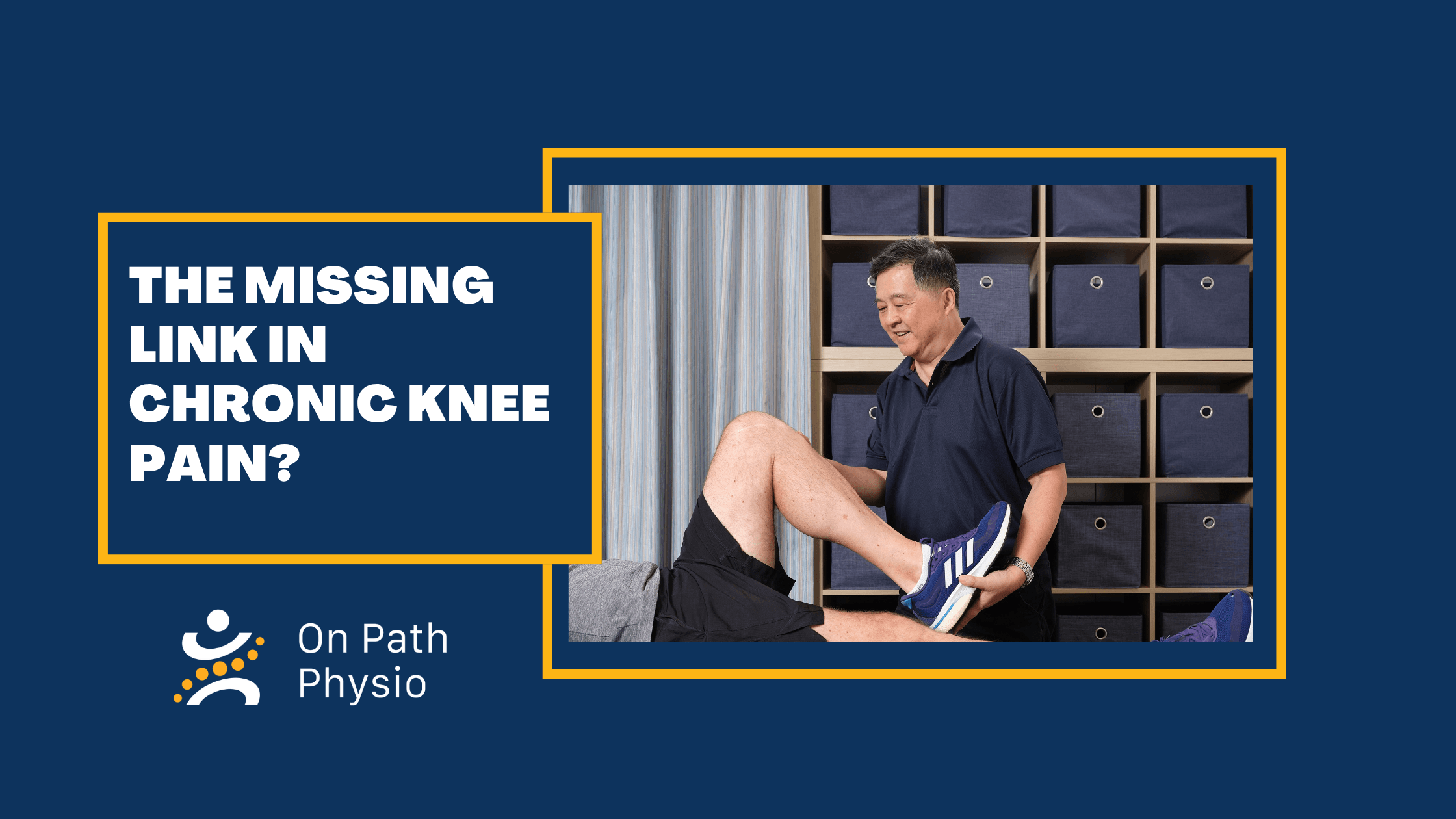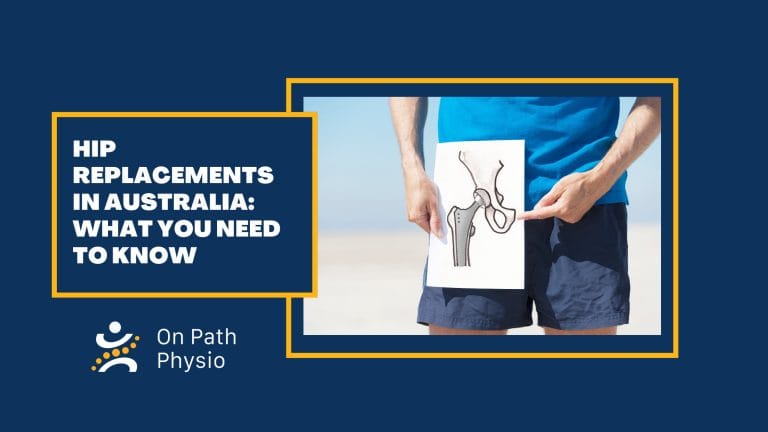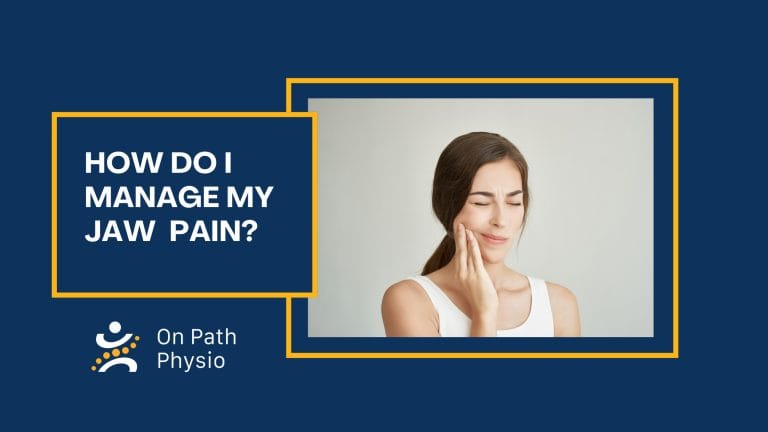Prefer watching instead of reading? Check out the video summaries of this post on our social media platforms linked below.
For over two decades, I’ve been on a personal journey to better understand and treat chronic knee pain. This journey led me to develop what I now call The Invisible Knee Therapy, a technique that emerged not from high-tech solutions, but from simple observation, curiosity and a deep respect for the body’s natural healing processes.
Where It All Began
It started with patients presenting with knee pain caused by swelling often due to a visible cyst inside the joint. Doctors were reluctant to aspirate these cysts, but when we found ways to reduce that swelling, patients felt immediate relief. But something unexpected happened: I noticed that some patients without cysts also responded positively to the same therapy. This begged the question: Could there be an “invisible” form of knee swelling contributing to pain? And so, the idea of the Invisible Knee Syndrome was born.
A Natural Solution to a Common Problem
Fast forward 20 years, and the technique evolved. By combining acupuncture and massage two of the oldest and most respected healing methods I began successfully treating patients with not only osteoarthritis but a wide range of common knee conditions.
These are patients who were often told that their pain was simply due to “bone-on-bone” wear and tear. Yet, many others with similarly worn knees have no pain at all. So, what’s the real cause?
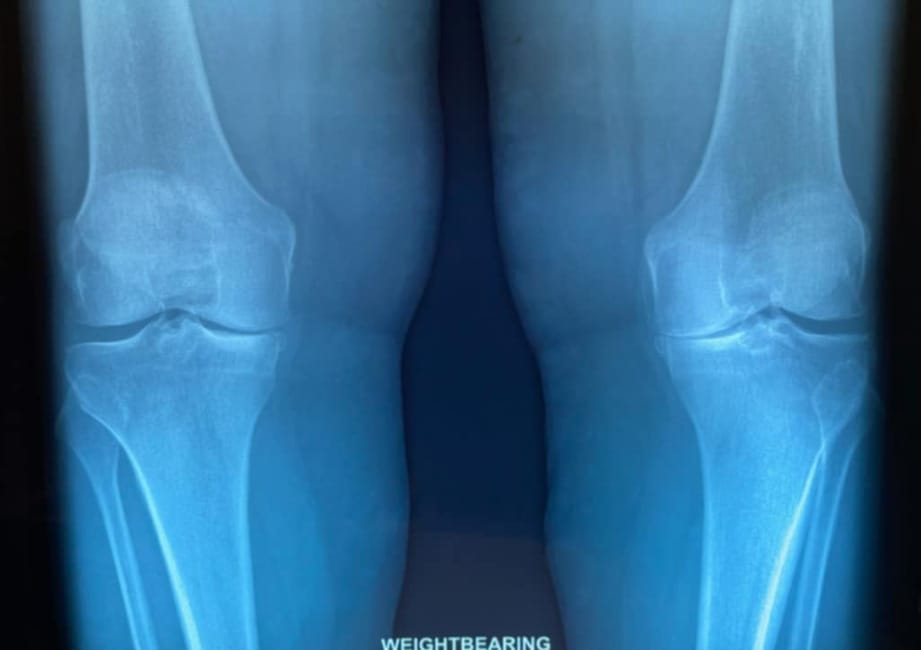
Rethinking the Role of Swelling
Let’s look at it differently. The body responds to injury or irritation by creating inflammation, often in the form of swelling. This fluid isn’t just there by accident it’s part of the body’s repair system, transporting cells to remove and replace damaged tissue.
However, when that fluid builds up too much or doesn’t drain properly it stretches the tissues within the joint. This is especially problematic in the knee, a closed system filled with bones, cartilage, ligaments, and synovial fluid, all sealed in by a joint capsule.
Even a small increase in fluid can create pressure. Think of a full glass of water one more drop and it overflows. Or a packed bus just one extra passenger makes it uncomfortable for everyone. The same goes for the knee joint.
Knee Pain Without Damage?
So why does it hurt?
Within the joint capsule are stretch-sensitive nerves, designed to detect movement and pressure. When these nerves are constantly stretched due to excess fluid, they can start to behave like pain nerves.
A relatable example: sitting on a hard bench. At first, it’s fine. But over time, the pressure builds and it becomes uncomfortable, even painful. It’s not an injury it’s prolonged, low-level irritation.
This helps explain why some people with “bone-on-bone” arthritis don’t feel pain they don’t have inflammation triggering the stretch nerves.
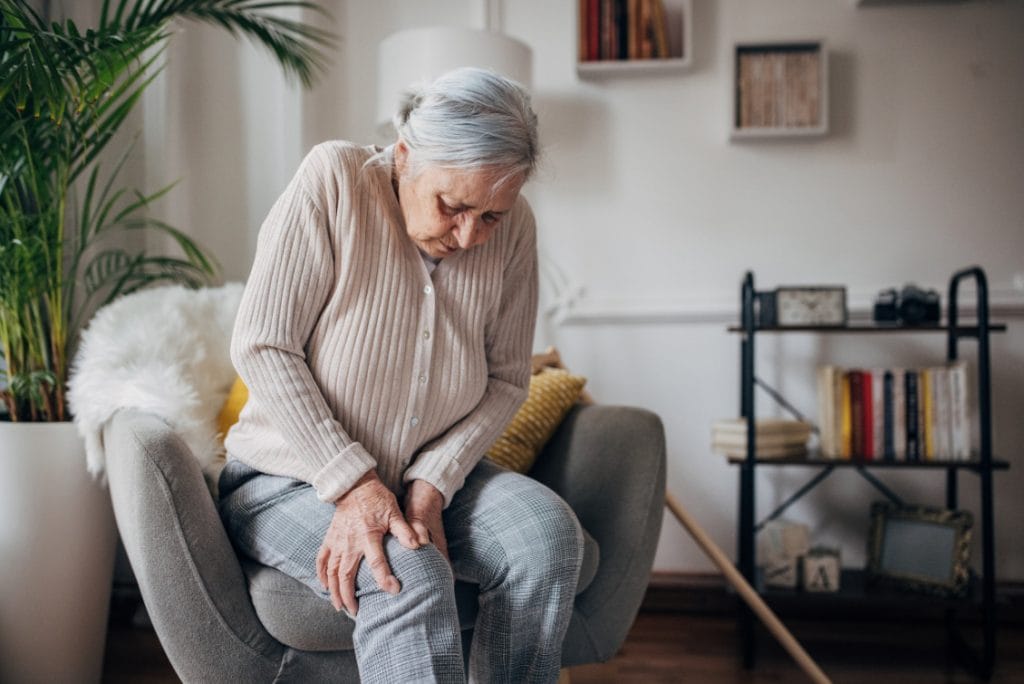
Why Traditional Approaches to Chronic Knee Pain Relief Often Fail
1. Strengthening Exercises
We’re often told to strengthen the muscles around the knee. While this helps with function and stability, it does nothing to reduce the internal swelling. The knee joint operates as its own system, stronger muscles around it doesn’t fix the pressure inside.
It’s like adding bull bars to your car they might protect the exterior, but they don’t make it safer for the occupants, they need seat belts!
2. Losing Weight
Yes, carrying less weight may reduce overall load on the knee and many studies support weight loss as helpful. But the knee is a robust, load-bearing joint it’s built to handle running, jumping, and stair climbing.
If pain is caused by inflammation not load, then reducing weight may not solve the issue. Imagine overinflated tyres making your car ride rough you fix the tyre pressure not blame your passengers.
So, telling a slender person with painful knees to “lose 5kg” often misses the mark. Instead, we need to adjust what’s happening inside the knee.
How Invisible Knee Therapy Works
The goal is simple: restore balance inside the knee by reducing inflammation to a level where the body is in equilibrium, and stretch nerves stop firing off pain signals.
We do this with targeted acupuncture, massage, and techniques that support lymphatic drainage helping the body clear out excess fluid it can’t manage on its own.
In some cases, the therapy also addresses damage to the ligaments, particularly on the inner side of the knee which can be overstretched or irritated from chronic swelling.
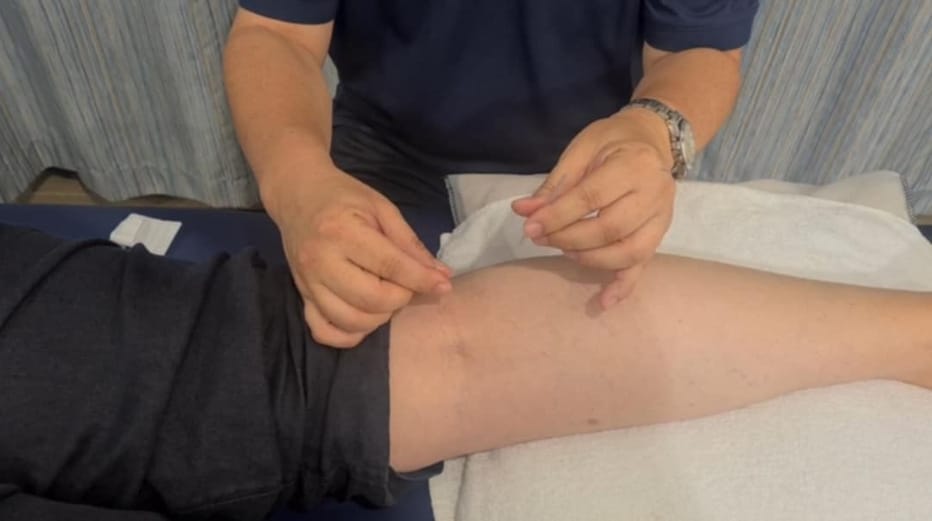
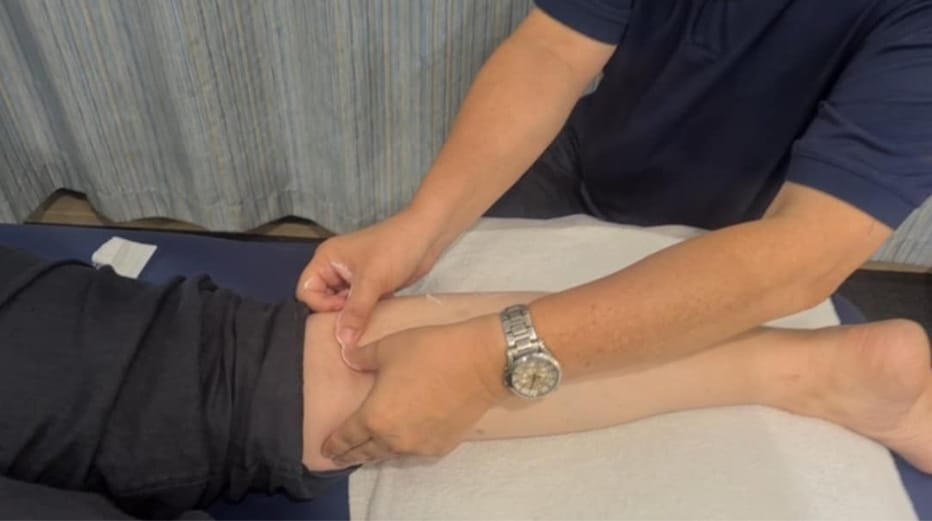
What About Osteoarthritis?
Patients with early-stage osteoarthritis often start to slow down less golf, shorter walks not necessarily due to pain, but to avoid it. These patients may respond well to conventional advice like exercise and weight loss.
But others especially those with persistent inflammation may need something more targeted. That’s where Invisible Knee Therapy offers a missing link. It doesn’t rely on drastic solutions like knee replacement surgery or long-term medication. It focuses on rebalancing the system naturally.
Final Thoughts
Knee pain isn’t always about damage. Sometimes, it’s about pressure, swelling, and the subtle ways your body communicates distress. The Invisible Knee Therapy may not be a miracle cure but for many, it’s the piece of the puzzle that’s been missing.
If you’ve been told your only options are to lose weight, do more squats, or wait for a knee replacement, maybe it’s time to consider another path the On Path.
Prefer watching instead of reading? Check out the video summaries of this post on our social media platforms linked below.

